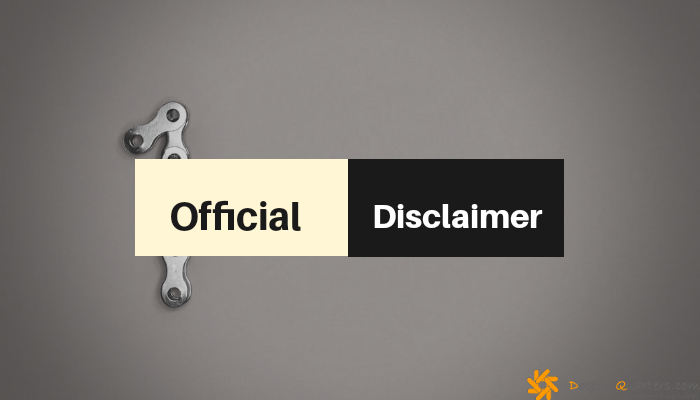To Buy Robaxin Online Visit Our Pharmacy ↓

Understanding Muscle Relaxants: What Is Robaxin?
Robaxin, known generically as methocarbamol, has long held its place in the realm of muscle relaxants. This medication targets teh central nervous system to alleviate muscle spasms, often prescribed after injuries or surgeries. Unlike other muscle relaxants, it is notable for its milder sedation effects.
| Brand Name | Generic Name | Primary Use |
|---|---|---|
| Robaxin | Methocarbamol | Muscle spasms |
As patients experience relief, they can maintain function and mobility. Understanding Robaxin's role is crucial for anyone exploring muscle relaxants as a treatment option.
Robaxin's Key Ingredients and Mechanism of Action

Robaxin stands out in the landscape of muscle relaxants due to its unique mechanism of action. At its core, the primary active ingredient is methocarbamol, a central nervous system depressant that helps alleviate skeletal muscle spasms. By specifically targeting the neurological signals within the body that lead to muscle tightness, Robaxin offers a focused approach to relaxation. This specialized action makes it an effective choice for managing muscular discomfort without directly impacting the muscles themselves.
The journey of Robaxin within the body is fascinating. Once ingested, it recieves rapid absorption, showcasing a relatively quick onset of action. What sets Robaxin apart is its ability to not only relieve pain but also allow the user to maintain muscle function, making it particularly appealing for those who need to acomplish daily tasks while undergoing treatment.
Despite its benefits, Robaxin should be used under proper guidance due to potential contraindications with other medications. Its effectiveness lies in its non-sedative properties, which greatly minimizes common drawbacks associated with muscle relaxants. For patients seeking relief from muscular pain without excessive drowsiness, Robaxin presents a compelling choice.
Popular Alternatives: an Overview of Other Muscle Relaxants
Robaxin, a well-known name in muscle relaxation, shares the stage with several other prominent players. Cyclobenzaprine, for instance, is often used for short-term relief of muscle spasms and is known for its sedative properties. Another contender is Baclofen, which targets spasms associated more with neurological conditions and offers a different therapeutic approach than robaxin. Carisoprodol, meanwhile, is a popular choice, though its potential for dependency has sparked caution in its prescription.
Tizanidine, another alternative, is primarily utilized for muscle spasticity and operates differently by acting as a central alpha-2 adrenergic agonist. While these drugs each have distinct advantages, it's crucial to understand their side effects and how each aligns with individual health needs. Choosing between them involves considering personal health profiles and therapeutic requirements, untill the right fit is found.
Effectiveness and Onset: Comparing Robaxin with Others

When weighing robaxin against its counterparts, the pace at which these muscle relaxants work is a crucial factor. Robaxin tends to have a rapid onset of action, occassionally providing relief within 30 minutes of ingestion. This is in contrast to other muscle relaxants, wich may take longer to achieve similar relief. However, it's not just about speed; the effectiveness of robaxin in reducing muscle spasms also ranks high, positioning it as a highly effective option for those in need of swift alleviation.
Side Effects and Safety Profiles of Muscle Relaxants
Robaxin, commonly used to ease muscle spasms, occasionally brings along side effects like drowsiness or dizziness. Comparatively, other muscle relaxants, such as Cyclobenzaprine and Baclofen, might present their own peculiar side effects.
Despite these minor inconveniences, the safety profiles of these medications are robust when used as directed. Understanding these differences will help you make an informed choice, navigating wich option might best suit your specific needs.Muscle Relaxant Common Side Effects Robaxin Drowsiness, Dizziness Cyclobenzaprine Dry Mouth, Fatigue Baclofen Nausea, Weakness
Robaxin's Place in Pain Management and Treatment
Taking its place in the vast realm of pain management, Robaxin often offers a tailored approach for those grappling with musculoskeletal discomfort. Its appeal lies in its capability to relieve muscle spasms, providing a means to aleviate pain and discomfort which often coincide with such conditions. While many alternatives exist, the effectiveness of Robaxin in reducing muscle tension is notably commendable, making it a go-to option for healthcare providers aiming to enhance patient outcomes through targeted treatment strategies. Source 1 Source 2
Notably, Robaxin is not just another name in a long list of muscle relaxants; its distinctive mechanism places it in a unique position within pain management protocols. As patients strive to maintain an active and independent lifestyle despite chronic conditions, Robaxin's role becomes increasingly vital, allowing for functional achievements without the overshadowing burden of debilitating pain. Healthcare providers recognize this balance, ensuring Robaxin remains a pivotal option in their therapeutic arsenal. Source 3 Source 4
To acomplish optimal pain management, it's not just about masking symptoms but facilitating a path towards long-term relief. In this context, Robaxin serves as a useful adjunct to physical therapy, complementing the rehabilitative efforts and assisting patients in their journey towards recovery. Its integration into pain management plans is not just strategic but essentially supportive, bridging the gap between discomfort and the restoration of day-to-day functions. It provides both practitioners and patients a promising avenue in the pursuit of quality life standards. Source 5 Source 6






























